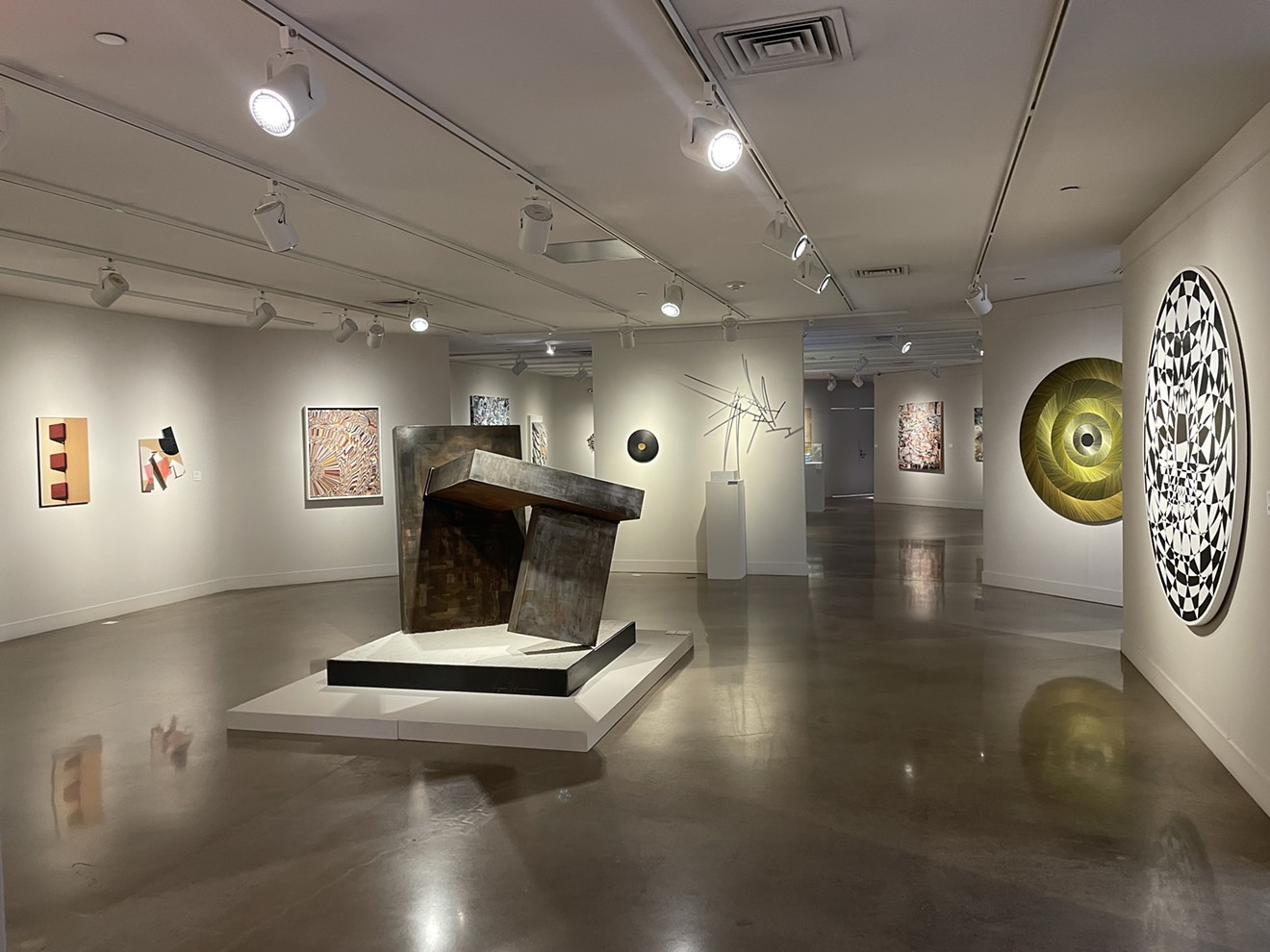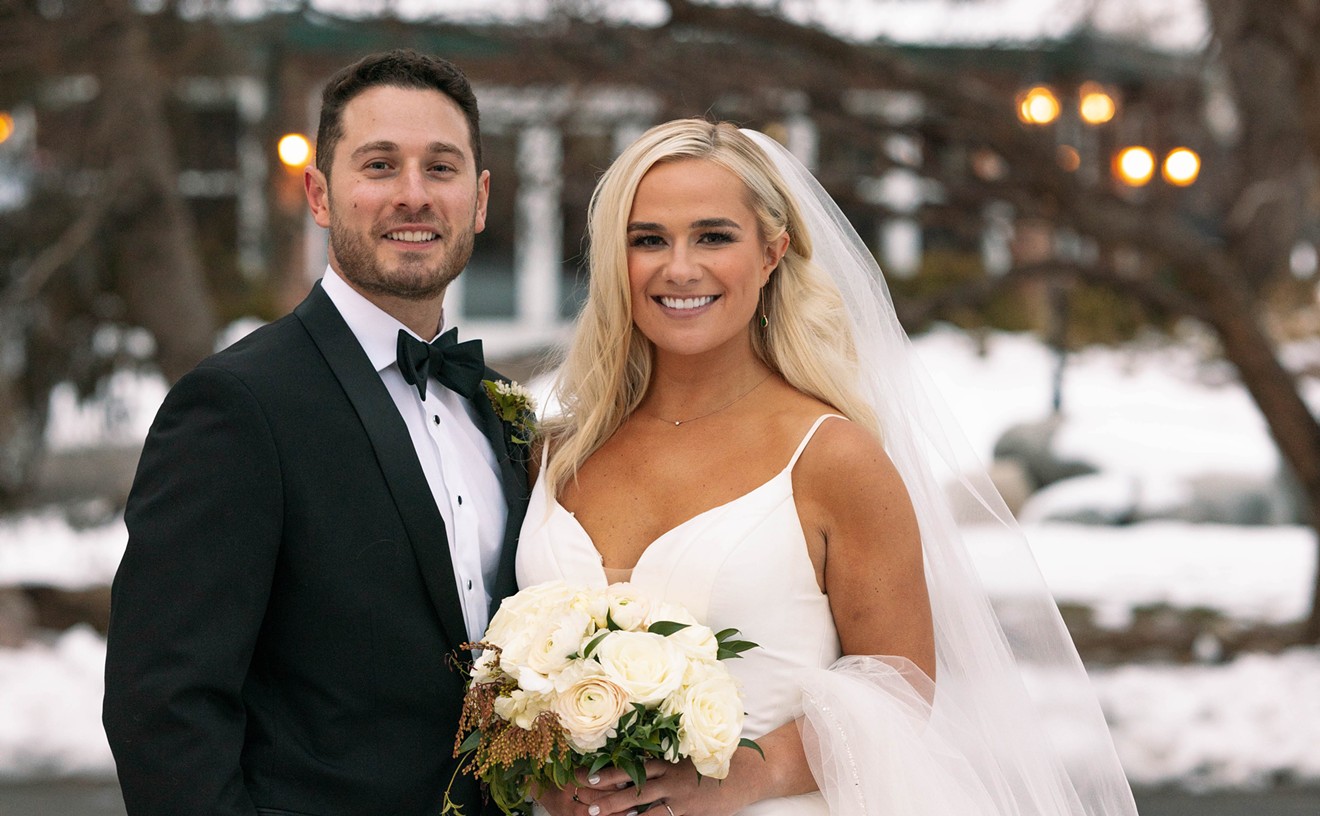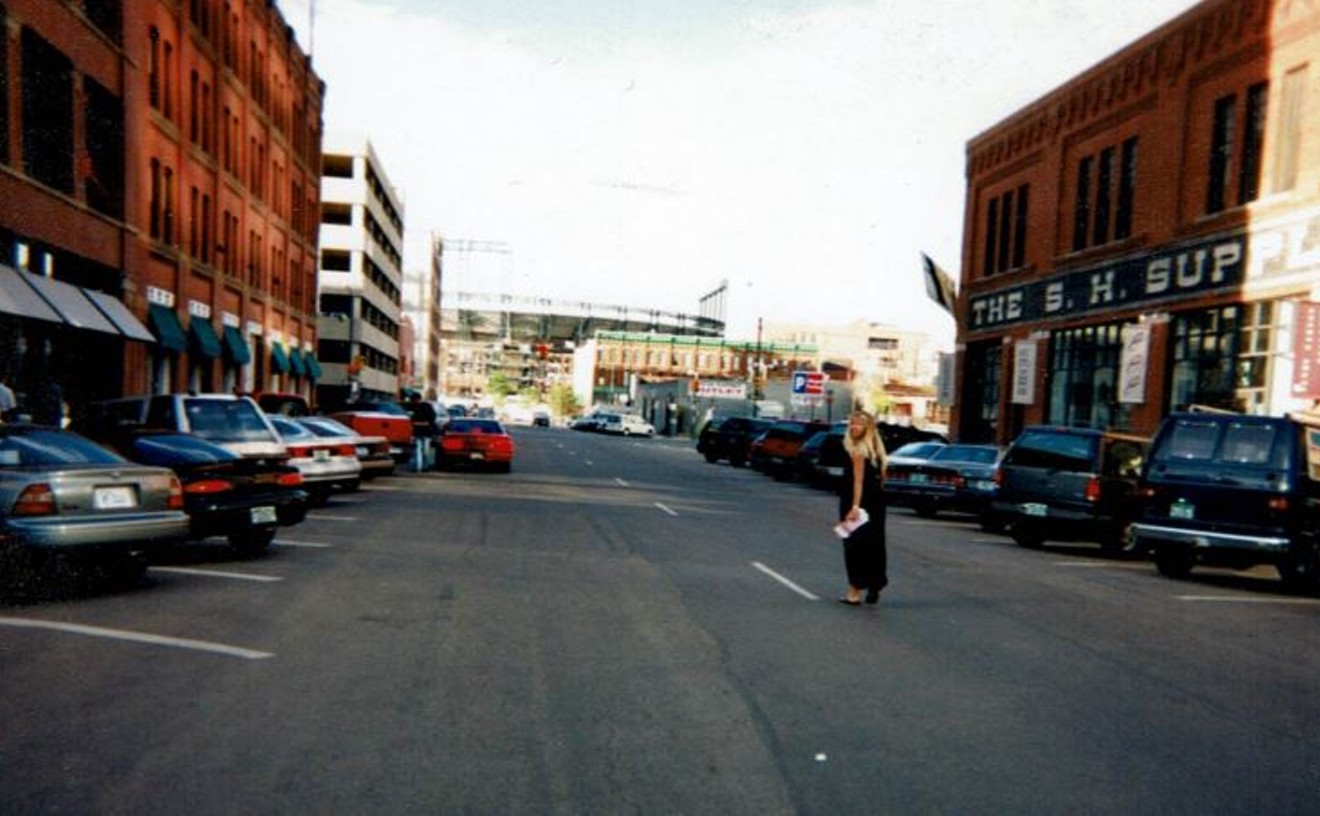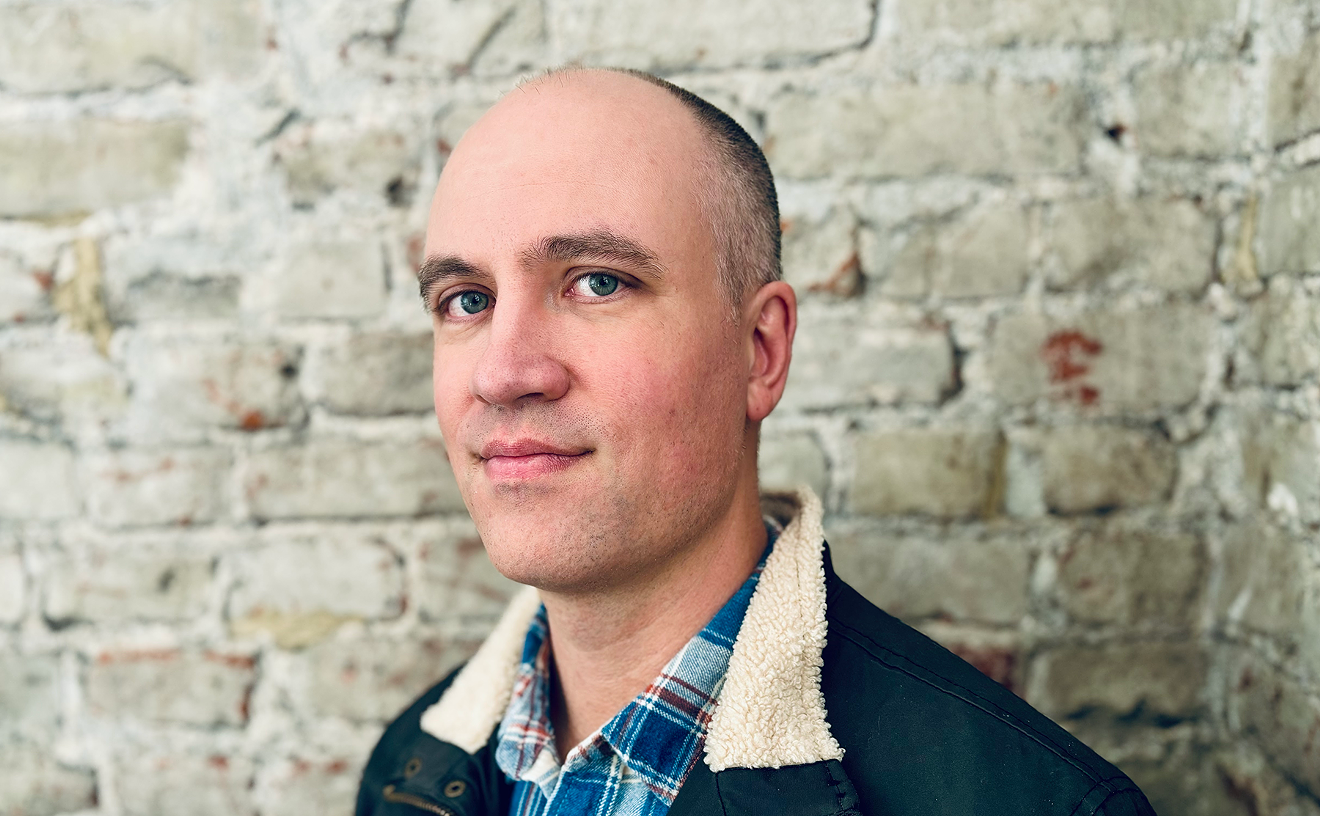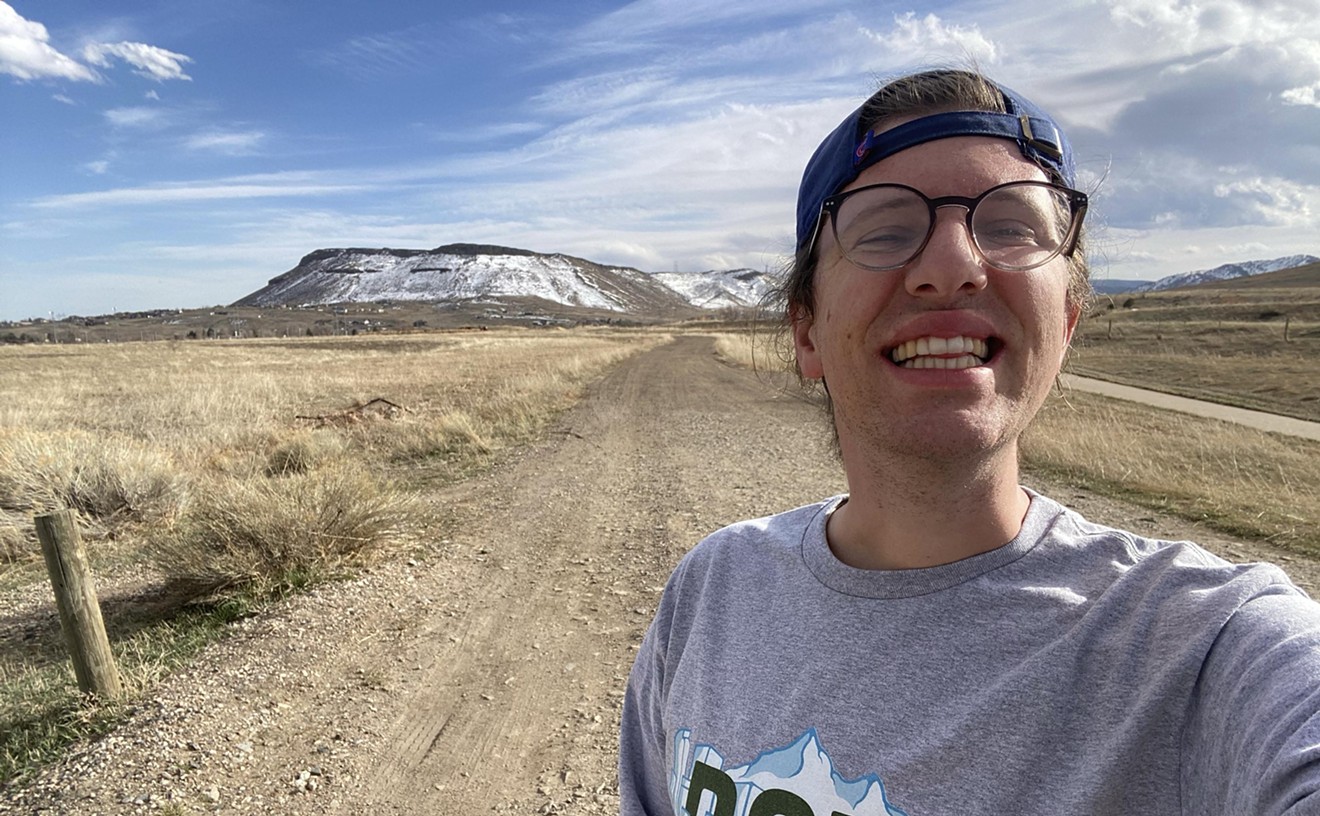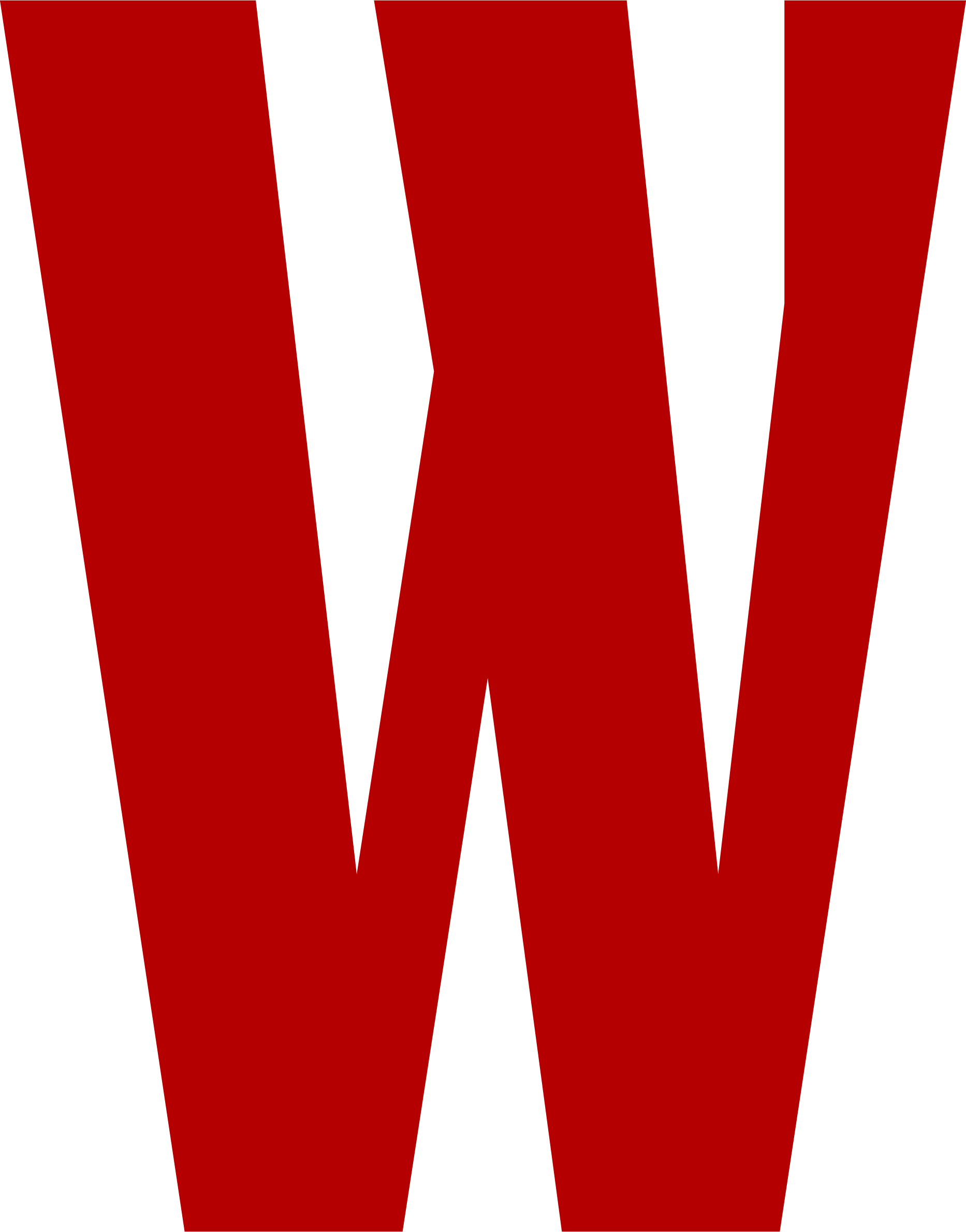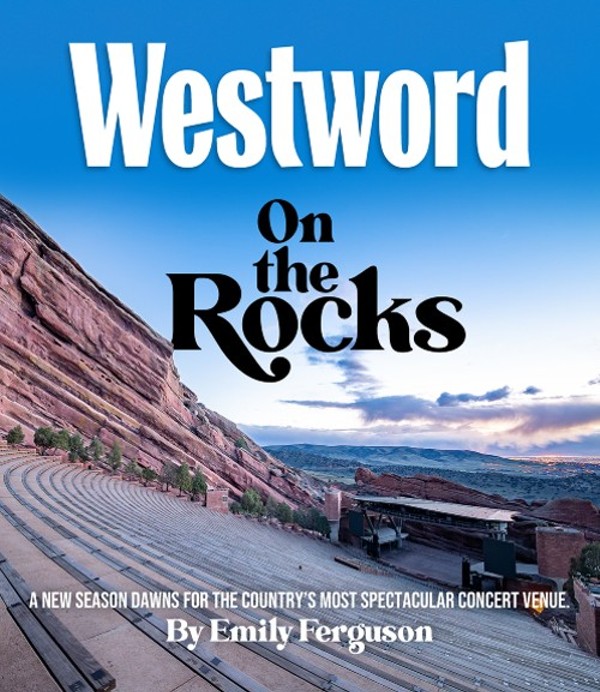The center periodically presents major solos dedicated to acknowledged Colorado masters, and regularly organizes thematic group shows populated by the region’s top talents. But the best event of all happens every three years, when Arvada mounts the enormous and sprawling Art of the State. The show invariably features a nice mix of established artists and emerging ones, who all hail from somewhere around Colorado.
The 2022 event is the triennial exhibit's fourth iteration, and it’s the best so far. “It’s maturing,” notes Parson. He’s substantially responsible for that growth; after all, he founded the event. Parson has relentlessly juiced up the show’s quality through his patented cajoling, as he tirelessly urges all the artists he knows (and he knows everyone) to enter the show. He has pushed up the quality of submissions, and that inevitably leads to an above-average result, past to present.
This year's jury comprised Parson; Louise Martorano, the executive director of RedLine Contemporary Art Center; and Ellamaria Ray, a professor in Africana Studies at Metropolitan State University of Denver. The three were given the daunting task of evaluating over 2,000 images. (As someone that has juried many shows over the years, I can say with some confidence that viewing this much digital material is enough to make anyone go blind, if not mad.) The trio should be awarded a medal for endurance. Out of that huge batch of possibilities, the jurors chose 149 works, making an enormous show that covers all 10,000 square feet of exhibition space at the center.
Having selected the pieces, the next challenge was to make sense of the bunch, which Parson, together with Arvada exhibition manager Emily King, did by clustering works together by stylistic affinities, such as geometric abstractions or expressionist ones. Within each of these groups, they arranged the individual pieces according to their techniques, subject matter and/or palettes. Apart from a rough patch here and there along the edges, the show wouldn’t have jelled as well as it does without the inspired exhibition design innovated by Parson and King.

Jodie Roth Cooper’s “Mountain Flower,” in the lobby of the Arvada Center for Art of the State.
Robert Delaney
The undeniable success of Parson and King’s design formula is proved as visitors enter the first space to the left in the lower-level galleries, where organic abstracts of various stripes have been assembled. A few of the works in this initial sequence underscore an Arte Povera revival, which has been in the offing for several years now. The large room is dominated by Deborah Jang’s “We’re not in Kansas anymore," a haphazard assortment of beat-up chairs and other objects that have been piled into a monumental spire. Nearby, a wall-relief assemblage incorporates a hieratic arrangement of found materials, including brooms and sheet metal, put together by Floyd Tunson to evoke the subject of its title, “Worker Bee.”
An ever greater sense of harmony is cast by the relationship of three works on paper: Mami Yamamoto’s “Life With Countless Optimism," Sue Oehme’s “Dawn of a New Era," and Taiko Chandler’s “Shades of Grey, #1." In each, strong and mostly bright colors are used to create lyrically composed abstractions of soft shapes.

Installation view of works by Mami Yamamoto (from left), Sue Oehme and Taiko Chandler.
Robert Delaney
More expressionism is found in the next space and across the back, with Ana Gola-Kumor’s “Untitled,” a still life hidden under smears of paint, and Vince Alfonso’s “Denial," a figure under slashes. There are also a few helpings of conceptual abstractions in the form of the blobby spheres by Terry Maker, a digital image with a companion interactive video by Bryan Leister, and Patrick Marold’s tower filled with tiny glass beads.

“Million Year Drone,” by Yoshitomo Saito, with an Evan Colbert, a Tracy Weil and an alpert + kahn on the wall behind it.
Robert Delaney
With the lower-level galleries given over to some form of abstraction, it’s the upper-level galleries and the Theater Gallery where riffs off realism and representation are found, though there’s still quite a bit of abstraction. That includes the Best in Show winner, Chris DeKnikker’s “Reunion,” which depicts globs connected by streaks. It looks like a painting, but its actually inlaid chunks and splinters of wood — a technical tour de force.
Beyond the DeKnikker are some brushy renditions of twigs that look marvelous in the same space, including Trine Bumiller’s view of a bare tree against the moon, “Stations XI,” and the smudgy sprigs of flowers in “Red Bud,” by Heidi Jung. On the way to the Theater Gallery, landscapes and other nature-based subjects, including a few figural depictions, begin to dominate. None of them exemplify traditional realism, but instead represent various critiques of it, such as the exaggerated hyper-realism of Dallas Parkins's toned-up digital print that presents like a painting. Taking the opposite tack is Meghan Wilbar’s scene made up of layers of roughly torn sheets of paper, with the viewer expected to fill in the missing details.
Given the wide net cast by the Arvada Center to attract submissions, it’s hardly a stretch to say that Art of the State broadly reflects the range of interests currently being embraced by many of Colorado’s best artists. And by that measure, it would appear that the pandemic has not dampened their creativity, as the state’s art scene is apparently healthy and flourishing. Don’t miss this important show.
State of the Art, through March 27 at the Arvada Center, 6901 Wadsworth Boulevard, Arvada. Admission is free; reservations required. Go to arvadacenter.org for details.

